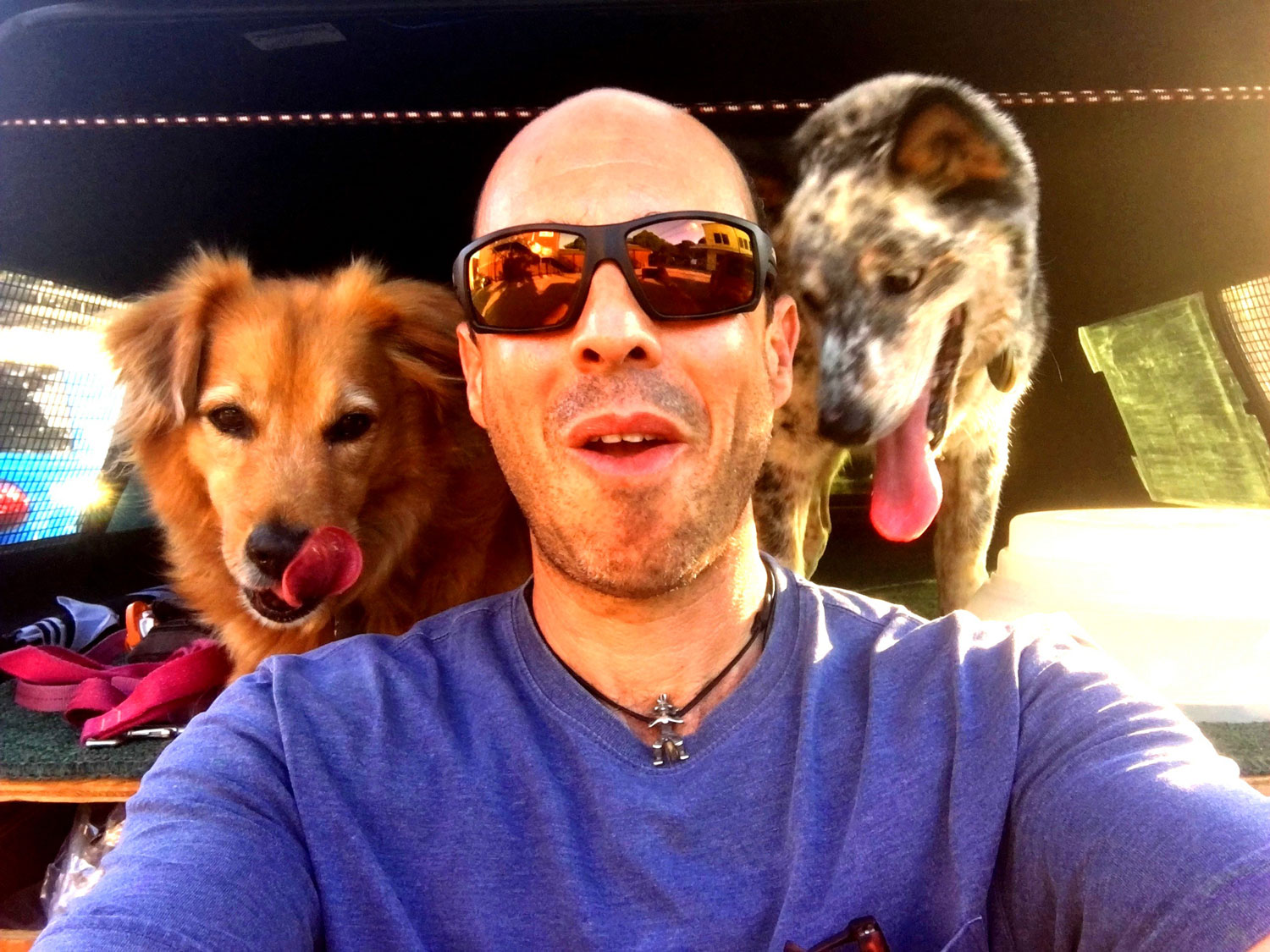In the last blog, entitled Dog Obedience Training! Do I have to be a “Dog Whisperer”?, we discussed the importance of consistency in training. And no, you don’t have to be a dog whisperer or professional trainer in order to have a well-behaved dog.
You do have to set yourself and your dog up for success. Start your dog obedience training in a closed environment, with little to no distractions. This environment is ideal to start off leash dog training. You want to keep control of their focus, which will be easier if you keep sessions short and make it fun, with lots of praise and enthusiasm. Once they are focused on you and consistently performing the behavior well, take it to the next level. Go into the living room with the TV on. Once you have success there, go into the backyard where there are more but limited distractions. Next may be the front yard. Remember to never do off leash dog obedience training in any open environment. No matter how good they are doing we don’t want to risk them running after a distraction like a squirrel or a cat.
If an environment turns out to be too much (you might barely get them to look at you let alone obey a command), take a step back to the last environment where you were successful. We do this all the way to the point where they can sit and focus on you even when outside a dog park. And remember, set them up for success. Make yourself the most exciting thing out there. If you can’t get focus and obedience, don’t keep saying a command. Give a command you are sure they can follow and then release them, and then stop for the time being. It’s time to take a break.

Eventually, you will be able to get focus and obedience even inside of a dog park, which can be a good place to do more off leash dog training. But remember that even in a dog park, you have to pay attention to your dog and what’s happening at all times. Too many people go to the dog park and are on their phone or distracted talking to other dog owners rather than making sure the dogs are all ok.
Positive reinforcement or reward-based training is great in dog obedience training, meaning that they obey the command and they get a reward, be it a treat, love, and attention, or the opportunity to play with you like with a tug toy. Play is a huge part to success.
Most importantly, keep sessions short, fun and positive for both of you. Training is as much about building and strengthening your relationship with your dog as it is about them following commands. Make sure that you stop the session before your dog loses interest and then reward them with a good play session. Training sessions should always start and end with play. Then training itself becomes a reward and they look forward to it. It’s all part of setting them up for success.
Lastly, dogs learn at different speeds and in different ways just like people. Don’t get discouraged and don’t be afraid to ask for help. Even the best and most successful trainers still take seminars and ask for help from others. To achieve success in dog obedience training, we can’t let pride get in the way.











